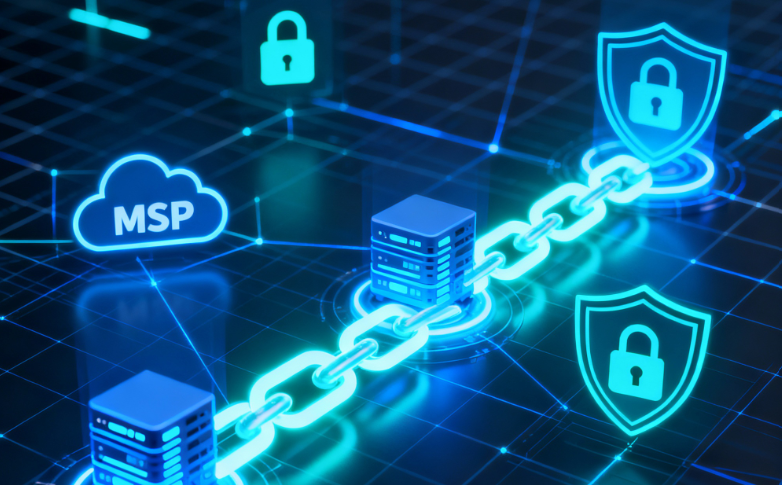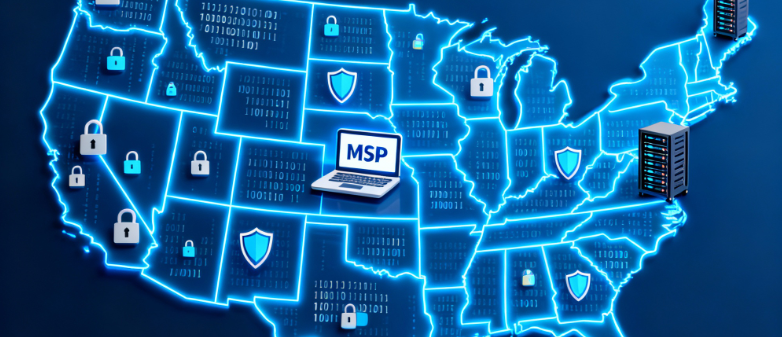The best cybersecurity programs are based on solid risk management principals. The first step is to define what you’re guarding – is it your reputation, or cash, or intellectual property, your customer data, something else? Most likely, it’s some combination of those; rarely does a company have only one asset to protect. Once you’ve determined what you’re protecting, you then need to think about what measures you’re going to take to protect those assets. These are questions you’ll need to ask yourself as you draft your policies. For example: How many times can a user fail to login before their account gets locked? Do you allow your users to use tools like ChatGPT, and if so, what types of things can they do with it?
This is where a platform like Blacksmith can really help. Our security policy templates are crafted from decades of experience. We intentionally limit the things that you need to review and make decisions on using rational default values and options that will ensure you’re compliant with the frameworks you’ve selected. This guided approach helps you ensure that the policies you are writing will make sense to your business, keep you safe, and that they will pass muster with anyone reviewing them, such as an auditor or cyber insurance broker.
Understanding the role of Security and Regulatory Frameworks
Through our “demystifying” series, we’ve explored various security and regulatory frameworks, with more to come. In short, each framework provides a series of “controls” that need to be in place to consider yourself secure. To be compliant with a given framework, you need to make sure you have the controls in place as defined by your security policies. Some frameworks, including HIPAA, offer self-attestation whereas others, like SOC2, require a 3rd party auditor to attest to your compliance. However, even frameworks like HIPAA that offer self-attestation can come with serious penalties if you’re found to have been non-compliant. So, whether using an auditor or self-attesting, it pays to be honest with yourself about where you stand. Again, this is the value of having a robust set of security policies that come from a source that you trust to ensure all the controls of a given framework are being met.
Aligning your security policies with one or more security frameworks will help your business lower its risk profile, since these standards bodies have clearly defined controls. And doing so may also help your business increase sales. Even without a 3rd party attestation of compliance, being able to speak to your company’s alignment with specific security frameworks and share your security policies with prospects and customers will greatly increase trust. We do recommend only sharing these polices under NDA, after all, these are explaining exactly what you’re doing to protect your systems and are therefore a valuable tool for an attacker looking for a chink in your armor…
Other Benefits of Security Policies
We’ve written previously about how having a security program in place can help you qualify for cyber insurance and may even lower your insurance premiums. So, not only will you be better protected, you’ll also get cheaper and more robust backup in the event of an emergency. We also talked about how policies and procedures play into building a security aware culture. Good policies will set you up for success and give you a platform on which to train your staff. We find that taking an empowering (vs a fear-based) approach towards security awareness training can work wonders. This means that training your staff on your policies, how to use them, and the “why” behind them is a lot more effective at nudging people towards more secure habits than scaring them into avoiding certain activities.
Incident Response and Recovery
No matter how good your security policies are, how tight your controls are, and how strong your team is, things happen. Controls fail. People make mistakes. This is where your security policies may really shine. If you’ve designed your incident response policies and procedures well, your team will be well versed with what to do when things break down. This can make a difference between an incident escalating into an existential threat to your business vs just a nuisance that you can quickly overcome. At the same time, your team will thank you for having the foresight and planning which will help reduce stress and increase clear thinking during the incident. We recommend testing your incident response plan with your team on a regular basis (at least annually) using a tabletop exercise or role playing game.
Evolution Over Time

The needs of your business as well as the threat landscape can and will change over time. Your security policies should evolve accordingly. As a result, we recommend reviewing, and typically updating, your policies at least annually. Sometimes the changes will be relatively minor as you adopt slightly tighter security controls. Sometimes you’ll need to change the policies as technologies and threats change; this is where Blacksmith comes in. We stay on top of regulatory changes, framework updates, new threats, and changes in the landscape so that you don’t have to. Other times, you’ll decide (or be forced) to adopt new regulatory or security frameworks, leading to significant updates to your policies. Either way, by adopting policies early, aligning your business to them, and evolving over time, you give yourself a chance to embrace security early on. Having this security mindset in your staff from the inception of your business will make it much easier to evolve your business practices as your needs change. And you’ll minimize the change fatigue that comes from rapid and major overhauls of the business.
Conclusion
Security policies are not merely documents; they are the blueprints of your defensive fortifications, defining the protective measures and setting the stage for a security-aware culture. These critical protocols, ranging from how to fortify digital defenses with tools like Multi-Factor Authentication to the intricate strategies detailing incident response, are indispensable in the quest to shield your business’s most valuable treasures. Each policy must be written with the precision of a blacksmith forging armor, carefully hammering out the details to fit the unique contours of your business.
If you’re looking for help crafting policies to fit your business’ unique situation, Blacksmith is here. Our all-in-one security platform will help you craft customized security policies. From these, we automatically generate a prioritized security roadmap for you to follow as you make your business more secure. We help you track risks and the systems you use for your business, ensuring you’re staying on top of those regular reviews. And we provide end user training to ensure your staff are kept abreast of the latest in defensive techniques they can use to protect both your business and their family. We stay on top of the threat landscape and regularly update our policy templates – and notify you of those changes – so you can continue to keep your security plans up to date with far less hassle and research.



